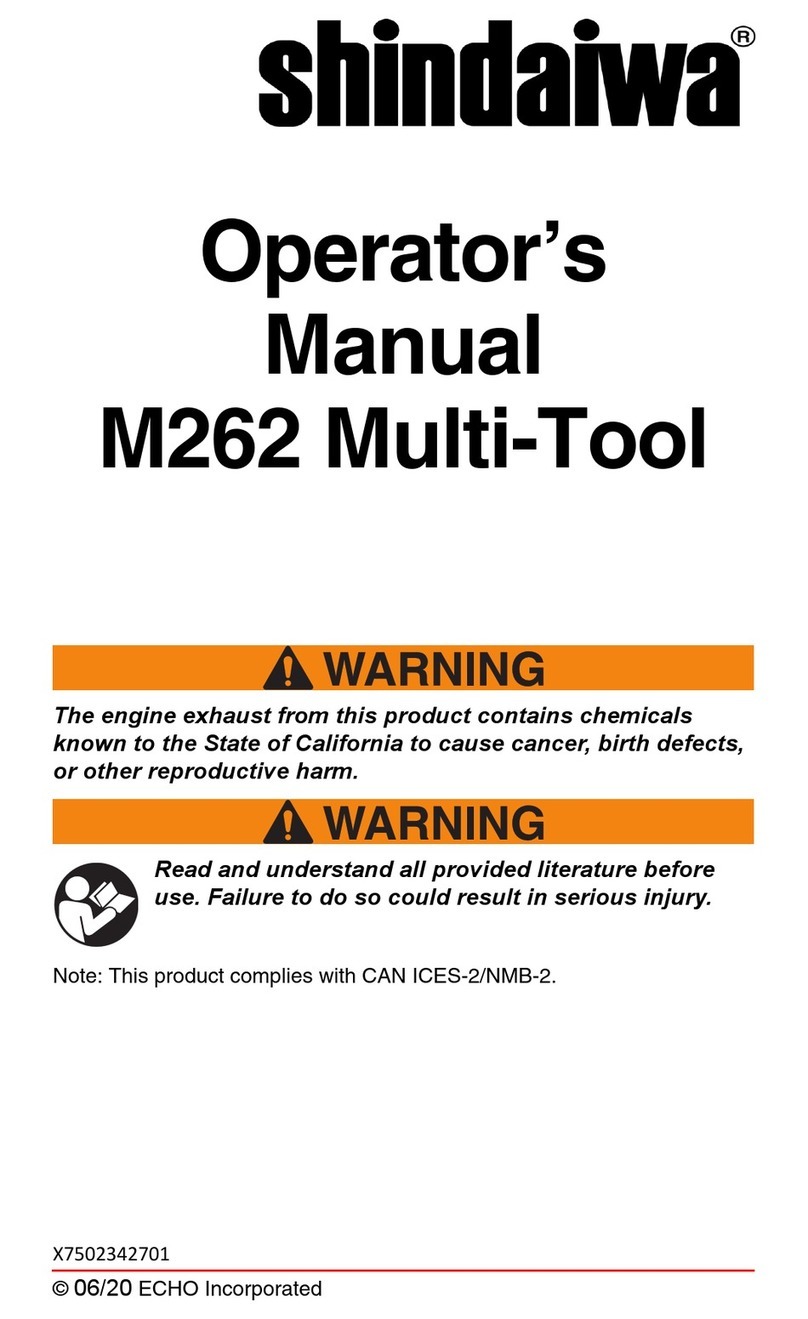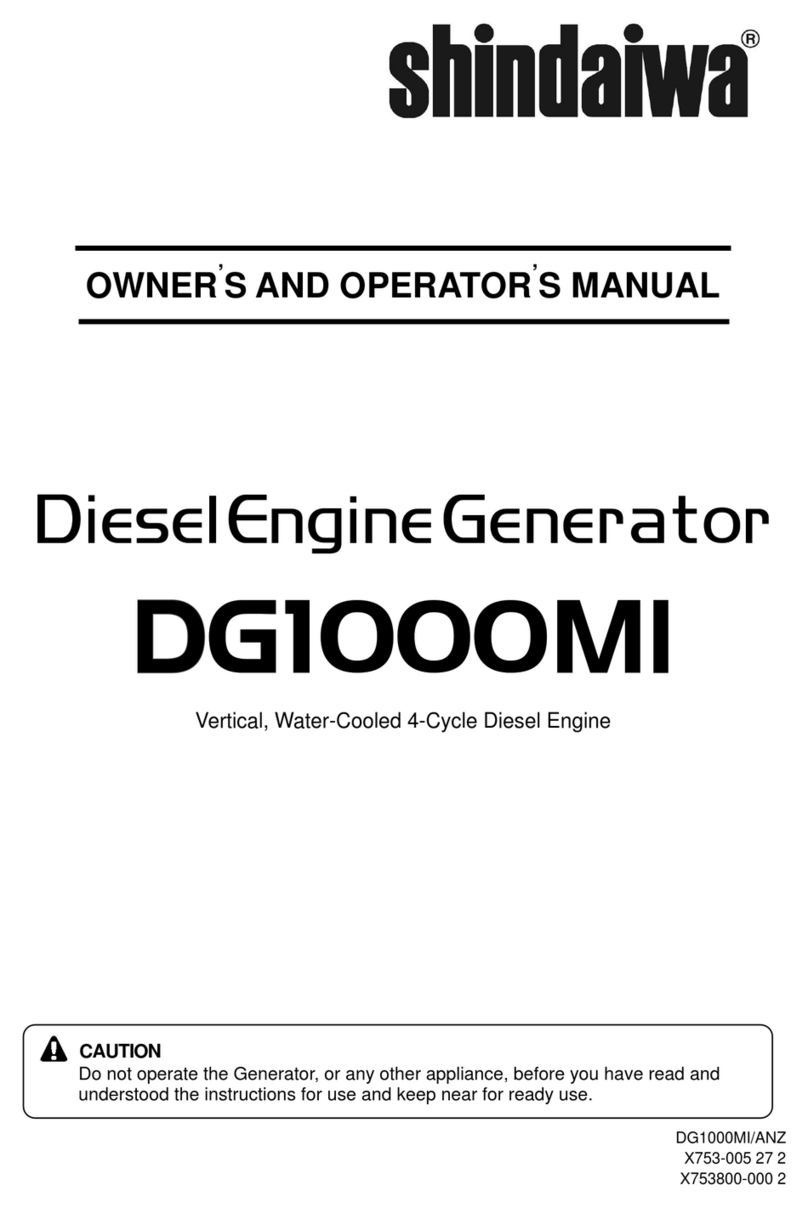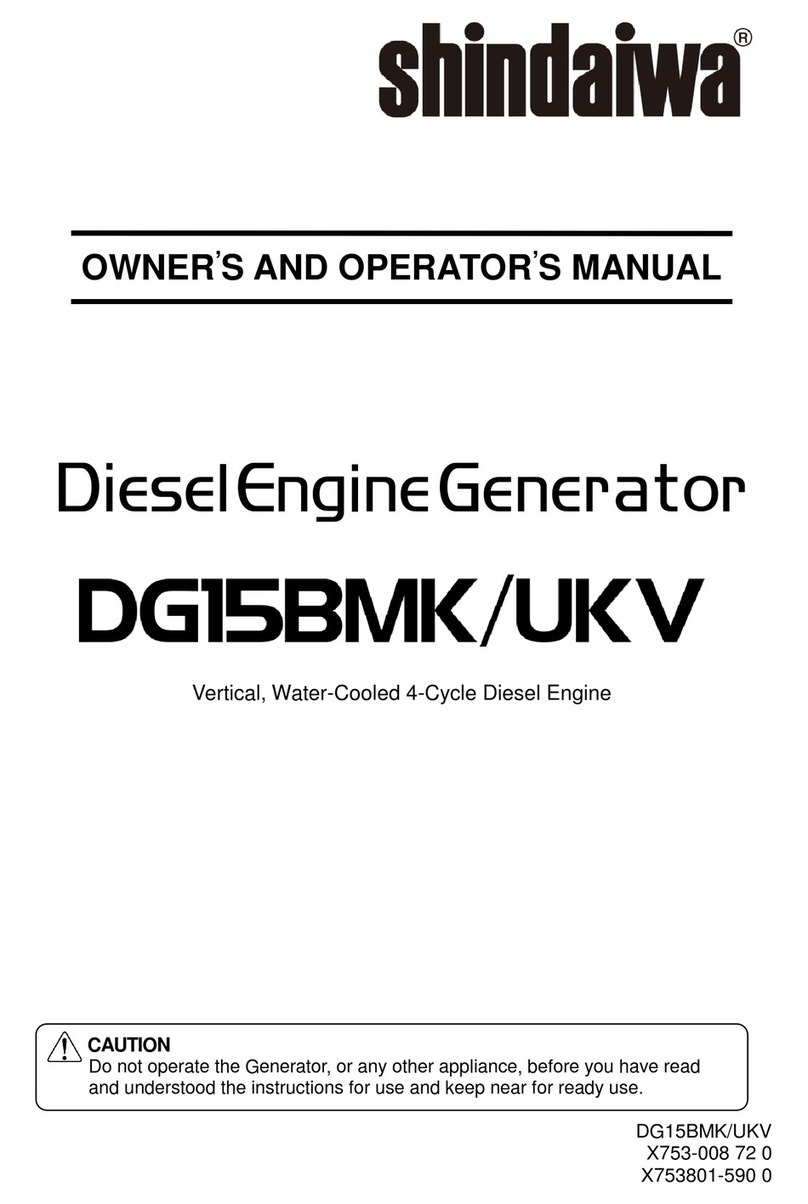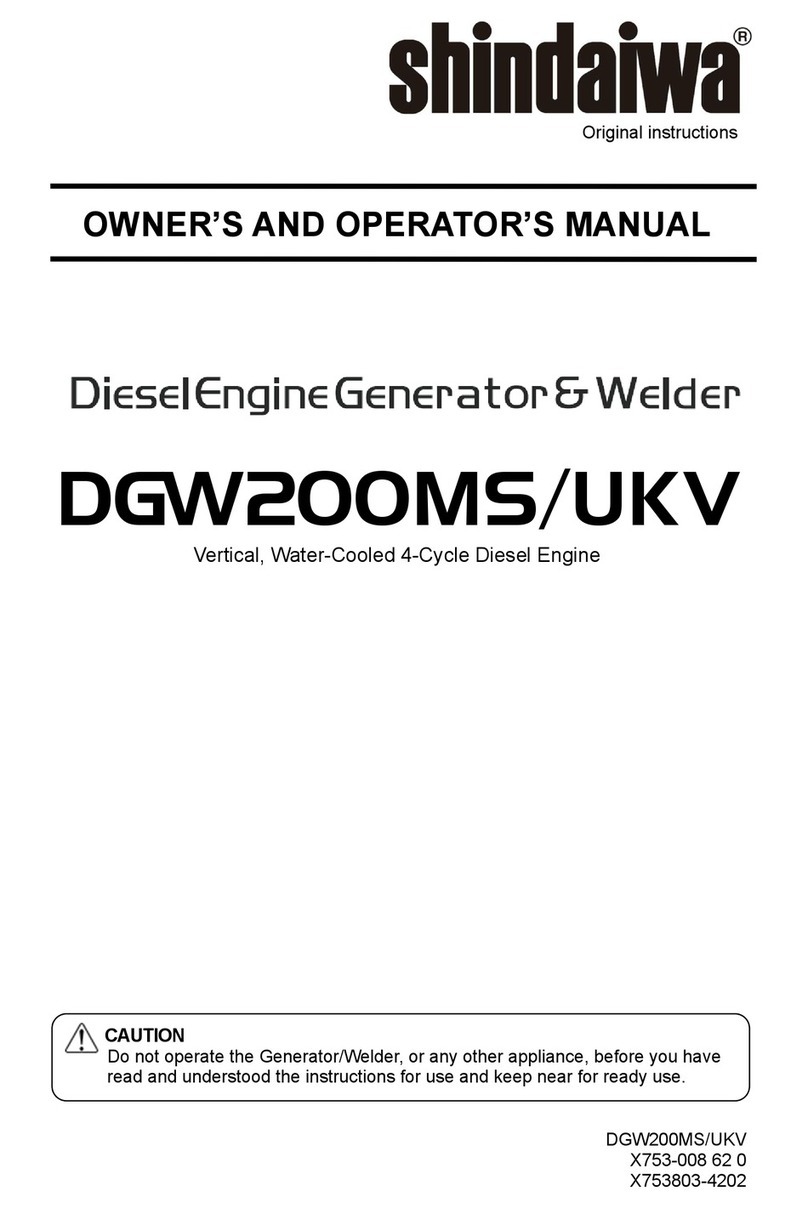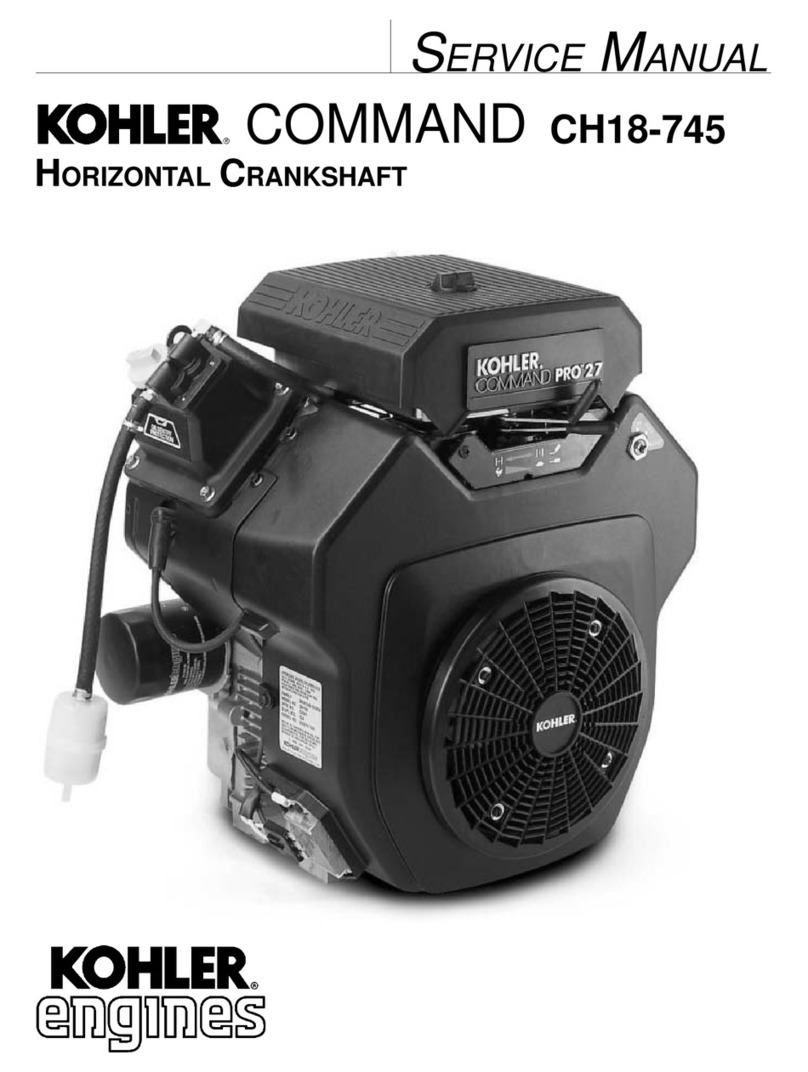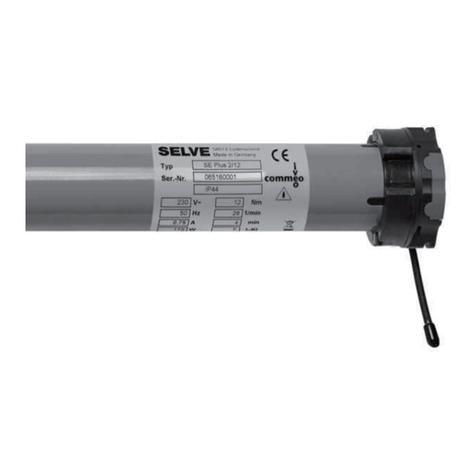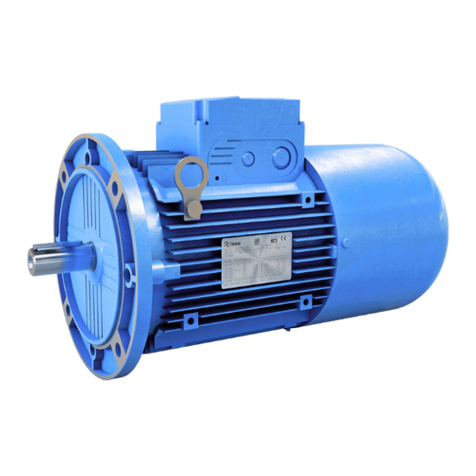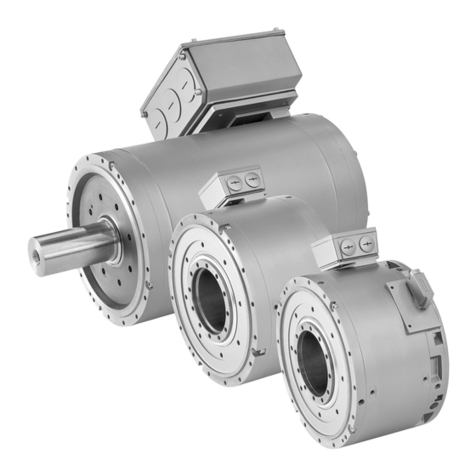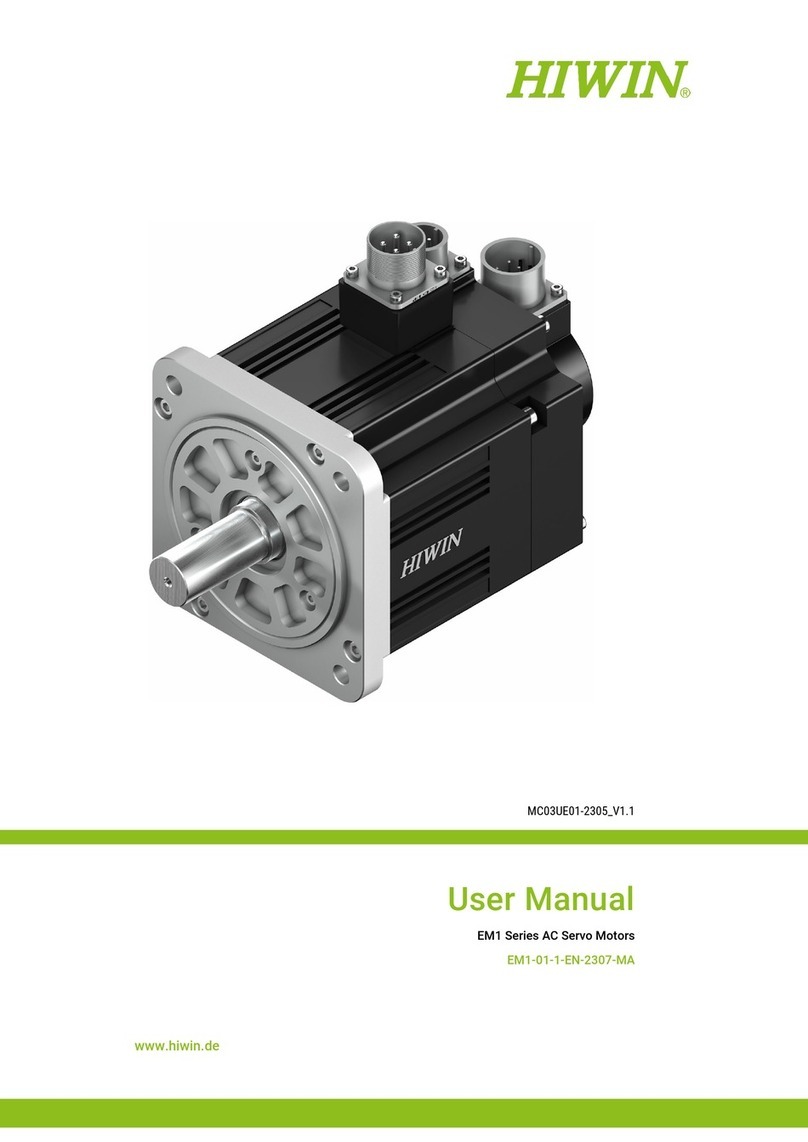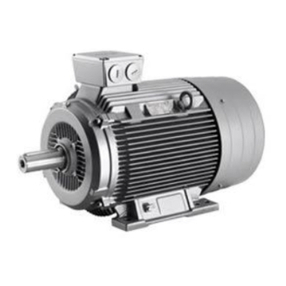
1
Table of Contents
1. Safety Instructions .......................................................................... 2
2. Specifications .................................................................................. 5
2-1. Specifications............................................................................5
2-2. Ambient Conditions...................................................................6
3. Applications.....................................................................................6
4. Part Names.......................................................................................6
4-1. External View/Part Names ........................................................ 6
4-2. Operation Panel Part Names ....................................................8
5. Equipment........................................................................................9
5-1. Available Output Monitor...........................................................9
5-2. Warning Indicators ....................................................................9
5-3. Meters and Gauges................................................................. 11
5-4. Spill Containment ....................................................................14
5-5. Fuel Piping Switch (3Way Fuel Valve).....................................14
6. Transporting/Installing..................................................................15
6-1. Transport Procedures..............................................................15
6-2. Installation Procedures............................................................16
7. Load Connections ......................................................................... 17
7-1. Load Cable Selection..............................................................17
7-2. Connecting Load Cables......................................................... 18
8. Pre-Operation Inspection.............................................................. 21
8-1. Checking Engine Oil................................................................21
8-2. Checking Coolant....................................................................22
8-3. Checking the Fan Belt.............................................................23
8-4. Checking the Fuel ...................................................................23
8-5. Checking the Spill Containment ..............................................24
8-6. Checking for Fuel, Oil and Coolant Leaks...............................24
8-7. Checking the Battery...............................................................25
9. Operating Procedures................................................................... 26
9-1. Initial Startup/Pre-Check..........................................................26
9-2. 240/480-V Switching Function................................................. 27
9-3. Procedures during Operation..................................................28
9-4. Stopping Operation .................................................................28
9-5. Protective Functions................................................................29
9-6. Connecting with External Fuel Tank........................................30
10. Inspection/Maintenance................................................................ 31
11. Long-Term Storage........................................................................39
12. Troubleshooting............................................................................. 40
13. Generator Circuit Diagram............................................................ 43
14. Engine Electrical Circuit Diagram................................................ 44
